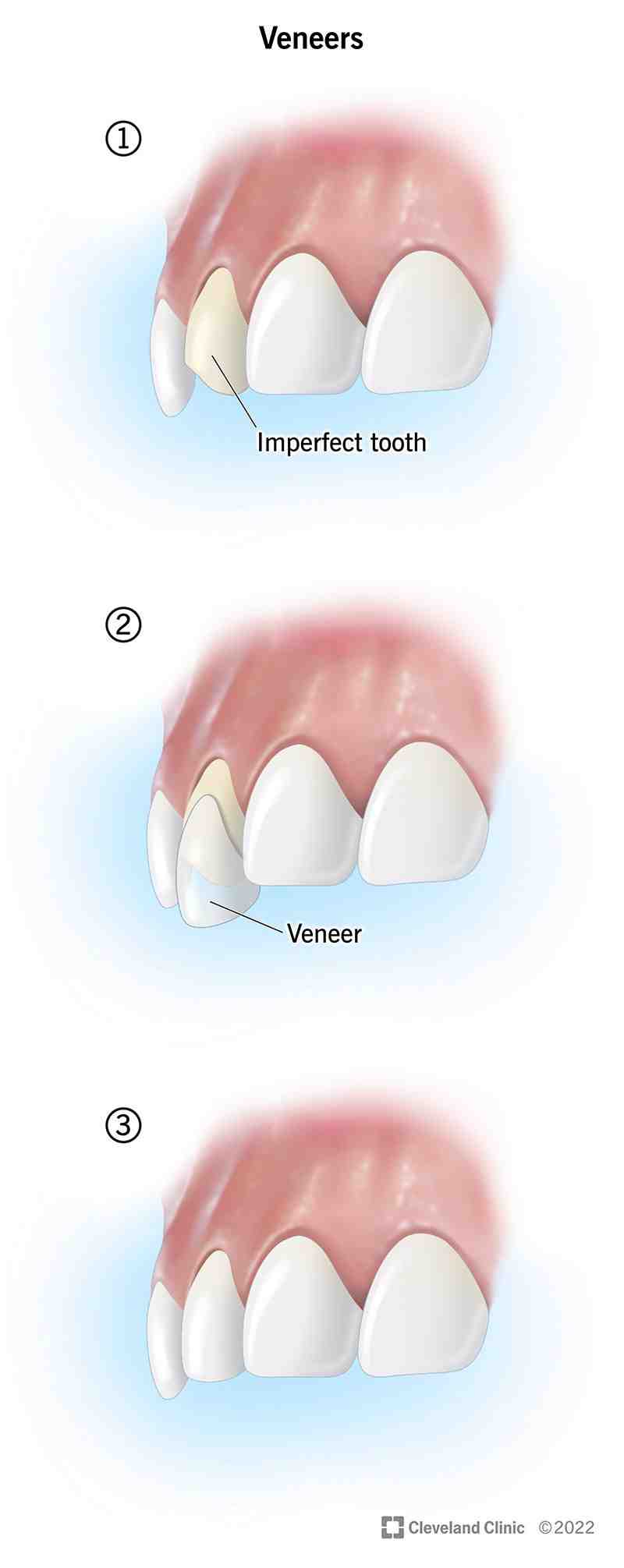If you’re considering dental veneers, you may find yourself pondering the question: Can you do veneers without being a dentist? It’s a common inquiry that delves into the realm of dental aesthetics, revealing a myriad of factors that go beyond mere convenience. To help unravel this conundrum, let’s explore the concept of veneers, the essential skills required for their application, the risks and regulations involved, and alternative options available to you.
Understanding Dental Veneers
Veneers are thin shells of porcelain or composite resin that are custom-made to fit over the front surface of your teeth. Their primary purpose is cosmetic, enhancing the appearance of your smile by masking imperfections such as stains, chips, gaps, and misalignment. Veneers can dramatically alter the landscape of your smile, offering a quick fix to lasting aesthetic dilemmas.
The Importance of Professional Application
The process of applying veneers involves intricate skills that only trained professionals possess. Dentists undergo extensive education and training to master various techniques, including tooth preparation, proper bonding procedures, and aesthetic judgment. Performing this procedure without the requisite training could lead to disastrous outcomes.
To create the ideal environment for veneers, a dentist must first assess your oral health. This includes checking for decay, gum disease, or bruxism—conditions that could jeopardize the longevity of your veneers. Acumen in these areas ensures that any underlying issues are addressed before embarking on the veneer journey.
Risks of DIY Veneers
Venturing into the world of DIY veneers might seem tempting, particularly with the plethora of kits and online videos promising a professional finish at home. However, several risks lurk beneath the surface. Improper fitting could lead to a myriad of complications, including gum irritation, tooth damage, and misalignment. Moreover, a poor aesthetic result might necessitate further corrective work, often at a much higher expense than initially projected.
Another significant risk is the potential for infection. The dental field is meticulously regulated for a reason. If the veneers aren’t placed correctly, bacteria can accumulate, leading to significant oral health issues. Thus, what initially seemed like a cost-effective solution may transform into an expensive and painful endeavor.
Legal Regulations in Dentistry
Dental practices are governed by strict regulations that vary by state. Dentists must possess proper licensing to perform certain procedures, including veneers. Engaging in any form of dental treatment without a professional license is illegal and may incur serious penalties. This not only places the practitioner at risk but also exposes patients to substandard care and potentially dangerous results.
Types of Veneers
Understanding the types of veneers available can help you make an informed decision about your treatment. Two primary types exist: traditional porcelain veneers and composite resin veneers. Each has its unique attributes, advantages, and drawbacks.
Traditional Porcelain Veneers: These are custom-made in a dental laboratory, offering a highly aesthetic finish. They tend to be more durable and resistant to staining, making them an excellent choice for individuals seeking a long-lasting solution. However, placing porcelain veneers typically requires some tooth reduction, which is irreversible.
Composite Resin Veneers: These can often be applied in a single dental visit. Made directly in the dental office, resin veneers tend to be less expensive, but they are more prone to staining and may need replacement sooner than their porcelain counterparts. Furthermore, they usually require less tooth preparation, making them a less invasive option.
Exploring Alternative Options
If professional dental veneers are not feasible for you, there are alternative routes worth considering. Teeth whitening treatments offer a non-invasive way to improve your smile’s aesthetics without the need for cosmetic alterations. Additionally, dental bonding is a less costly method that can correct minor imperfections, providing a temporary solution without the extensive preparations that veneers require.
Furthermore, clear aligners can help achieve better alignment of your teeth, presenting a straighter smile without resorting to irreversible treatments. Exploring options in conjunction with a dental professional can yield insights tailored specifically to your needs.
Conclusion
While the allure of DIY veneers might be tempting, the implications of attempting such a cosmetic dental procedure without the expertise of a trained dentist are decidedly unfavorable. From legal ramifications to health risks, the pursuit of perfection in your smile deserves to be in the hands of a qualified professional. Investing in your oral health is paramount, and consulting with a dentist will ensure that your journey to an enhanced smile is both safe and successful. Remember, a well-crafted smile is a lasting one.
